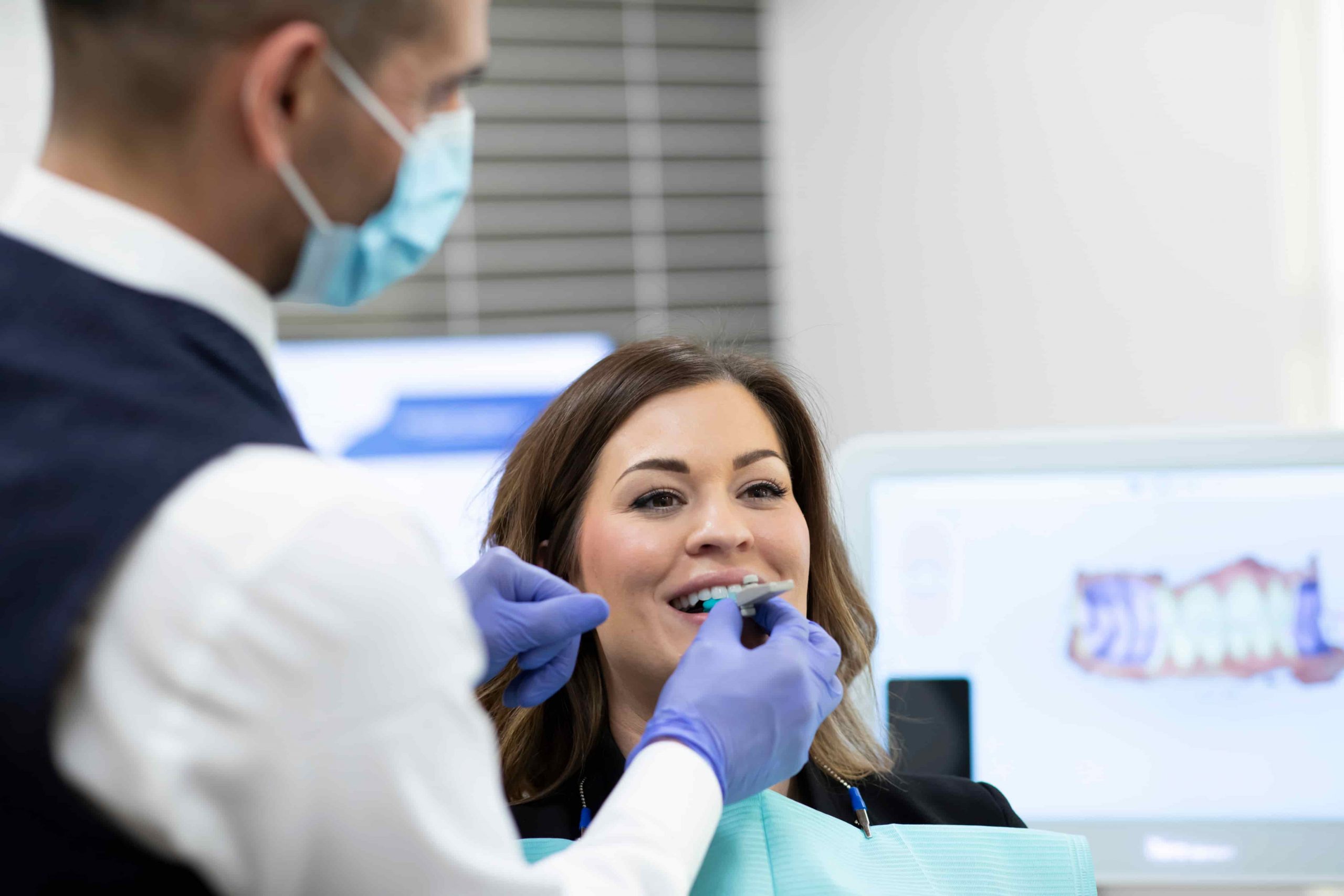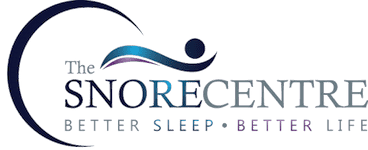Do You Struggle With Obstructive Sleep Apnea (OSA)?
Personalized Treatments for Your Sleep Problems
Custom Designed Snoring Solution
We understand that everyone is different, that's why our customized snoring solutions are digitally designed and manufactured (CAD/CAM) using the latest technologies, specifically for your individual case.
Change Your Day for the Better
Wake up feeling less groggy and drowsy, so that you can get on with your day.
Simple to Wear and Use
If you are feeling a cpap machine has been difficult to wear, our custom dental appliances may be able to help you conquer sleep apnea.
What exactly is Obstructive Sleep Apnea (OSA)?
- relaxed throat muscles,
- a narrow airway,
- a large tongue or extra fatty tissue in the throat
Even if the airway is not completely closed, the airway can still be partially blocked so breathing is decreased enough to lower oxygen levels.
We are here to help you understand sleep apnea.
Book Your Free Consultation Today!
- relaxed throat muscles,
- a narrow airway,
- a large tongue or extra fatty tissue in the throat
Even if the airway is not completely closed, the airway can still be partially blocked so breathing is decreased enough to lower oxygen levels.
Snoring Can Cause Problems.
Change your sleep for a healthy life.
Everyone with OSA snores, but not everyone who snores has OSA. Snoring is noisy breathing during sleep. Before the airway closes it narrows and air rushes through, causing noisy vibrations known as snoring. These noisy vibrations can cause sleep fragmentation.
Persons most at risk are males and those who are overweight, but snoring is a problem of both genders. Snoring usually becomes more serious as people age. It can cause disruptions to your own sleep and your bed-partner’s sleep. It can lead to un-refreshing sleep which translates into poor daytime function (tiredness and sleepiness).
The two most common adverse health effects that are believed to be casually linked to snoring are daytime dysfunction and heart disease. About one-half of people who snore loudly have obstructive sleep apnea.
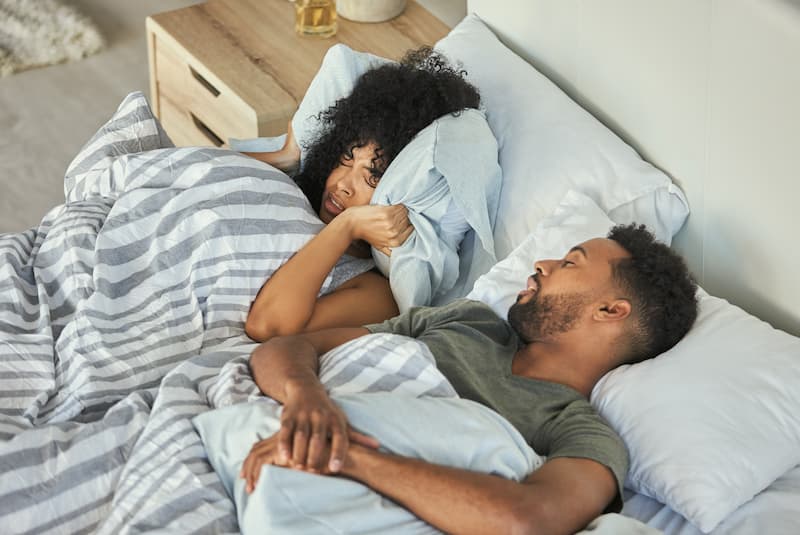
Untreated Sleep Apnea.
-
High Blood Pressure
If you already have it, obstructive sleep apnea can make it worse. Waking up often during the night can cause your hormone systems to go into overdrive, which boosts your blood pressure levels. When you can’t breathe well in your sleep, the level of oxygen in your blood drops, which may add to the problem. Treatment does make a difference, though. Some people with high BP who get help for sleep apnea can cut back on their blood pressure medications.
-
Heart Disease
People with OSA are more likely to have heart attacks. The causes may be low oxygen or the stress of waking up often. Stroke and atrial fibrillation – a problem with the rhythm of your heartbeat — are also linked with the condition. Sleep apnea disrupts how your body takes in oxygen, which makes it hard for your brain to control how blood flows in your arteries and the brain itself.
-
Type 2 Diabetes
Sleep apnea is common among people with this condition — up to 80% of them have OSA. Obesity raises a person’s risk for both disorders. Although studies haven’t shown a clear link between sleep apnea and type 2 diabetes, not getting enough shut-eye can keep your body from using insulin properly, which leads to diabetes.
-
Weight Gain
Extra pounds raise your chances of getting sleep apnea, and the condition also makes it harder to slim down. When you’re overweight, you can have fatty deposits in your neck that block breathing at night. On the flip side, sleep apnea can make your body release more of the hormone ghrelin, which makes you crave carbs and sweets. And when you’re tired all the time, you might not be able to turn the food you eat into energy as efficiently, which can lead to weight gain.
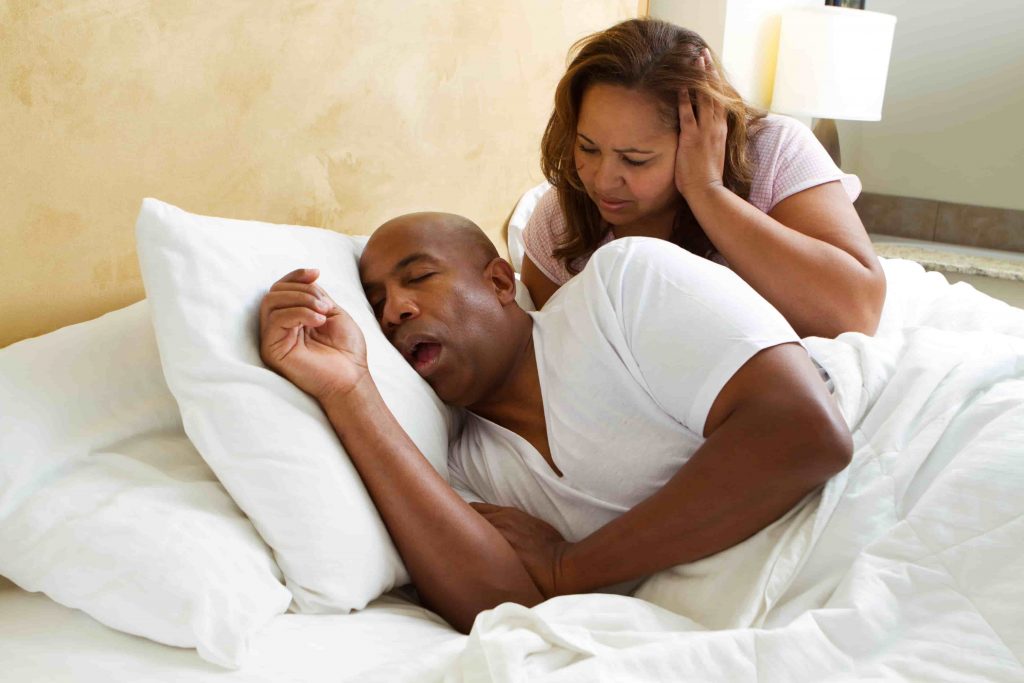
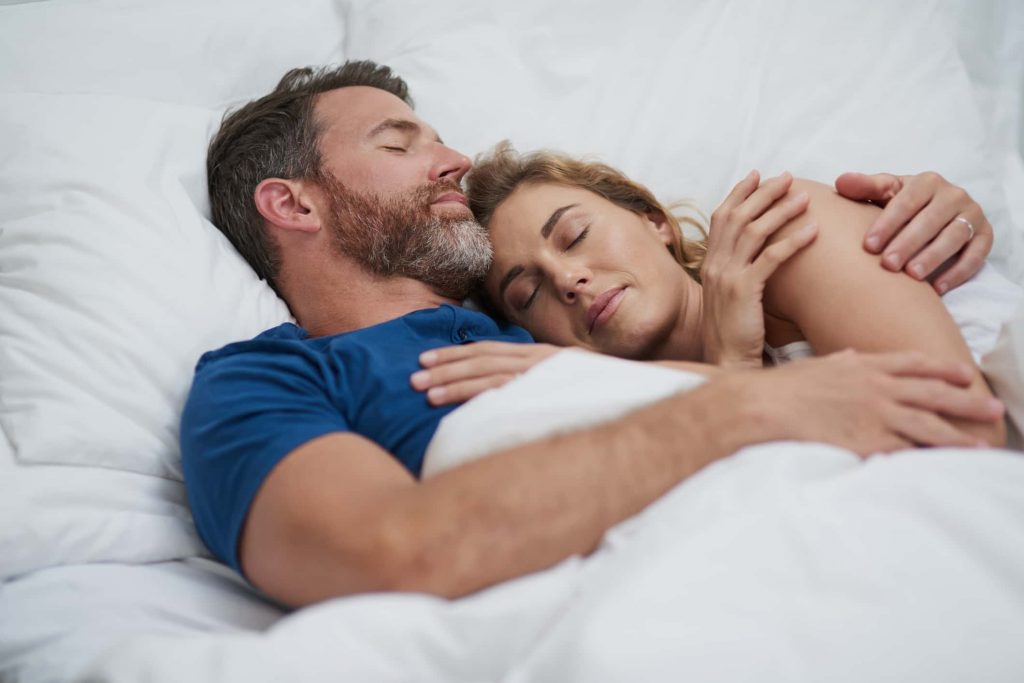
Treatment Solutions.
Customized Treatment Solutions Made With You In Mind.
-
What is OAT (Oral Applicant Therapy)?
An oral appliance is a mouth piece device custom made by dentists using a mold to form to the specific shape of the patient’s teeth and mouth. Oral appliances work by moving the jaw forward, pulling the tongue away form the back of the throat and increases the size of the upper airway, thus reducing the air resistance that leads to sleep apnea and snoring.
-
What is CPAP Continuous Positive Airway Pressure)?
CPAP is applied through a mask that is placed over the nose and/or mouth, and delivers air pressure in order to keep the airway open. It is attached to a CPAP machine which acts somewhat like an air compressor. The air pressures acts like an air splint’ to keep the airway open. During obstructive sleep apnea, there is airway closure. CPAP prevents this closure by pushing the throat tissues open.
-
What is the home sleep apnea test? Level 3 Testing
During our initial consultation, it will be determined if you will need a level 3 test. A Level 3 Sleep Test is a portable sleep test performed in the patient’s home. This test is used to screen for sleep apnea. The sleep test equipment is provided to you by The Snore Centre. The machine is returned the next morning where the study data will be uploaded for analysis. Once the test interpretation is completed we will review the results of the sleep test with you and discuss the next steps and options for treatment.
Your Insurance Coverage
Medical Insurance Can Help Pay For Treatment.
Many insurance policies will cover a portion of a dental appliance for sleep apnea as part of medical insurance. Oral appliance is treatment for a medical treatment condition and would fall under ‘medical’ coverage as opposed to ‘dental’. We can further explain the insurance coverage and options in your consultation.
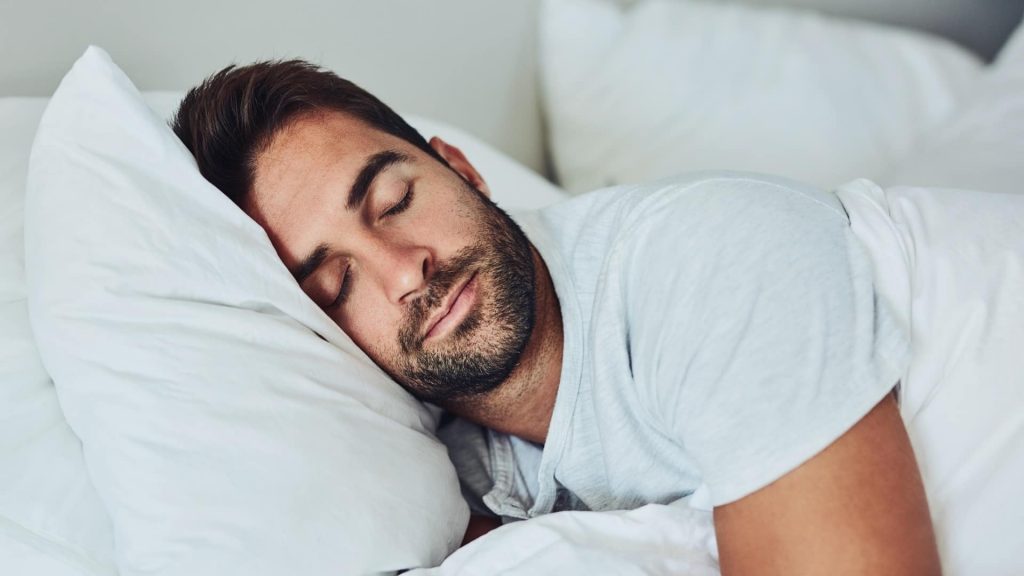
Taking The Next Steps With The Snore Centre
Step 1.
Book a Free Assessment
Step 2.
Get a Custom Designed Solution
Step 3.
Start Sleeping Again!!!
Find The Sleep Solution That's Right For You
- Solution Oriented Focus. Our Treatment Is Non-Invasive And Results Driven
- Partnerships with ENTs, sleep physicians and other health care professionals
- Comfortable, Relaxing, And Worry-Free Environment
- Qualified Dentists trained in Dental Sleep Medicine
- Multiple convenient locations across Alberta
- Helped thousands of patients with their sleep problems
Why Choose The Snore Centre?
